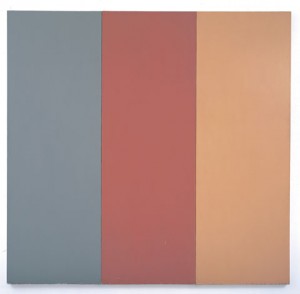How Not To Design an Online Lit Mag

It’s not hard to design a nice website. Even if you know dick-all about HTML or builders, it’s pretty easy to find someone who does, and pretty easy to build a minimal site, or a weird and compelling on, that compliments the words. With all the crap against lit journals in the world, the last thing we need is when someone is actually interested enough to have a look, that they come see some cookie-cutter eye-sore that looks like it was designed by a ‘special’ 8th grader in 1995 (in a bad way).
Take a site like DIAGRAM: this site looks so nice sometimes I just sit and stare.
Other sites, though, well, they’re still on training wheels, and those wheels are made of Jell-O.
(1) Expanded Horizons: What in the shit is this? First of all, when I come to your page, the first thing I see, the VERY FIRST THING, is you asking for donations through Amazon. Not a table of contents, not even some bitmapped image of a goat with a lily flower. Just begging for money. First of all, we all know it costs money to run a journal (even though with an web journal it is little to none) but if you are going to build your site with that bit of info up front, you’re making it hard for anybody to even get interested in what you’re supposedly promoting enough to want to give you money to ‘keep you afloat.’ I mean, it actually took me a minute to find the link to your first ‘issue’ so that I could even read what you are ‘publishing.’
This is a pretty long post, so if you’re interested, we’ll continue after the jump.
October 15th, 2008 / 12:09 am
Intelligent Design
An article published by The Chronicle of Higher Education discusses online ‘literacy traits,’ put simply, the lack of reading online. Myspace and facebook have turned the human race into a thumbnail. Of course, those of us here are in the old fashioned business of words—being writers, editors, and avid readers.
I will admit, I need to be somewhat invested in the prospects of reading a piece over 1500 words to print it out and read. My onscreen limit is usually under 1500 words. I’m occasionally frustrated when I can’t print out a story due to the web-file’s printer constraints. This got me thinking about various aesthetics of online journals—how editors/designers deal with not just internet’s short attention space, but the visual encounter with text, as the latter effects reader’s tolerance.
Seeing white words on a black background induces dizzy spells. It’s like looking into a congested night full of large ass stars. I much prefer when the words are deeper in tone on the gray scale with a black background. The classic black words on white is somehow the logical default to mimic the printed page, though I find black words on muted backgrounds (Hobart, Pindeldyboz, Juked) a little easier on the eye.
Margins are also a big deal-breaker for me. When there are no margins, and each paragraph stretches across the screen, it looks like some diaspora of abandoned words. In the end, you need to either mimic the printed page, or invent an aesthetic conducive to the screen.
This brings me to Bear Parade from our own Gene Morgan, and as of late, Lamination Colony by our own Blake Butler.
Bear Parade’s design IS the internet. It doesn’t need to mimic the printed page—in fact, it exploits the very qualities only possible on screen. Most of the stories in Bear Parade employ a ‘triad of tone’: 1) background color, 2) text color, and 3) rollover link color. The last one (3) seems almost incidental, but it’s a little blessing each time I rollover. It completely seals the context of the other two tones. Morgan is a rare colorist and designer; his choices are humble, sophisticated, and—perhaps most importantly—embody the tone of the story itself. In Small Pale Humans, readers might (just might) discover the faintest silhouette of a cactus, as if seen under the dimmest moon. Morgan tells a story with mere tone. He puts the zing in amazing.
Lamination Colony’s concerns are not so much about color (though the template light purplish page is deft) but self-conscious placement of text and imagery. The Woman Down the Hall is one of the most beautiful artifacts online. Each transition (the closest word I can summon to describe a ‘chapter’ in e-book scale) is an epiphany. Butler introduces a cinemagraphic element to journal design: fragmented and uncanny visual narratives—an intuitive evolution, given his self-professed Lynchian tendencies. My favorite transition is when an old woman’s face is followed by an extreme close up of the face. Butler draws the reader in closer, deeper. In another part, a small sentence is wrapped around like an egg, positioned perfectly on top an ominous source of light. Text also wraps around teeth. The guy is mad.
Some of you may accuse me of ingratiating myself to the editor and designer of this website. To that I say: I would say such things even on a desert island, holding a coconut, and looking for a bowling alley.
October 7th, 2008 / 2:36 pm

